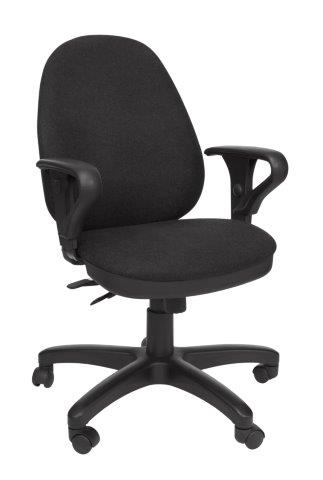Choosing the Right Carpet for Your Office

Choosing the Right Carpet for Your Office
Whenever you select carpet, you have to consider many aesthetic as well as technical areas. With well over a hundred thousand styles and colors being released every year, selecting the right carpet to match your needs can be a very challenging task indeed.
Carpet is available in several different textures, constructions, colors, and designs – which will open the doors to virtually any interior design that you can imagine. The combination of texture and color will complement the look of both formal and casual environments, while helping to bring continuity to the overall room designs.
The most important thing to consider when you shop for carpet is the amount of traffic that will be on the carpet that is going to be installed as well as the area you hope to use it in. If it’s in an office, you need to consider chairs with wheels. The construction and the texture are both key aspects when you select a carpet for a specified area and use.
Nylon, polyester, and olefin are the most widely used fibers with carpet manufacturing, with each one displaying qualities that make themselves great with specific applications and uses. Even though nylon is the most expensive type of fiber, it is also the softest and most resilient, which makes it great for any room in your home, including those areas that have a high level of traffic.
Polyester fabric is less resilient than nylon, although it more cost efficient and offers a high level of resistance to stains, which makes it a great choice for areas such as bedrooms or dining rooms that are not subject to a lot of traffic.
The fiber olefin is solution dyed, which results in a highly resistant stain carpet that can be cleaned easily using a water and beach solution – without any loss to the color.
Unlike the other types of fibers, olefin is fade, mildew, and mold resistant, which results in a carpet that performs well indoors and outdoors. Keep in mind however, that olefin isn’t very resilient and as a result, it should only be considered with berber construction.
You can get carpets in either plush or berber construction. The berber type of carpets are well constructed with a continuous level loop, while plush carpets are constructed of loops that have been sheared, which results in the strands standing upright.
Berber construction carpets don’t crush or matt, due to their high-level loops. They are however harder underfoot, uncomfortable to sit on or lay down on, and they can easily become damaged by pets with long nails. Berber carpets are well suited for high traffic areas, which include walk ways, living rooms, office, and entrance areas. They aren’t popular with bedrooms, as their hard texture makes them a less than attractive option.
It doesn’t matter whether your floor is hardwood, laminate, tile, or carpet, if you have a regular office style chair that can be moved around the floor like Eddie Murphey in Trading Places, eventually you have to worry about the rollers or wheels on the bottom of the chair damaging your floor. This is due to the fact that just about every office style chair made uses inexpensive and very hard plastic rollers that can eventually cause damage. The solution to this is to use ball bearing polyurethane rollers that distribute the stress evenly and cushion the effect of the roller on the floor, thereby not causing any damage. These are made by several companies such as Zitriom, Slipstick, Sunniedog, The Office Oasis, Office Owl, Seddox Office Addiction and Tech Team https://techteamproducts.com/. We like Tech Teams item 733 5 pc. Caster Set the best because not only is it attractive in appearance, but it has excellent ball bearing rollers that minimize wear and tear.
The plush type carpets are much softer to walk or lay on and they offer better sound and thermal insulation. They tend to crush and matt though when they are subjected to high levels of foot traffic.
The use of nylon fiber paired with a tight low pile construction will help to limit the amount of pile and matt crushing, due to the high resilient nature of the nylon fiber and the added support that is gained from tight construction.
The warranties for carpet ranges from 5 – 30 years, with the general rule being that you don’t cover the stairs. Most carpet warranties will require the installation of new carpet padding as well at the time of installation in order for the warranty to become valid.
